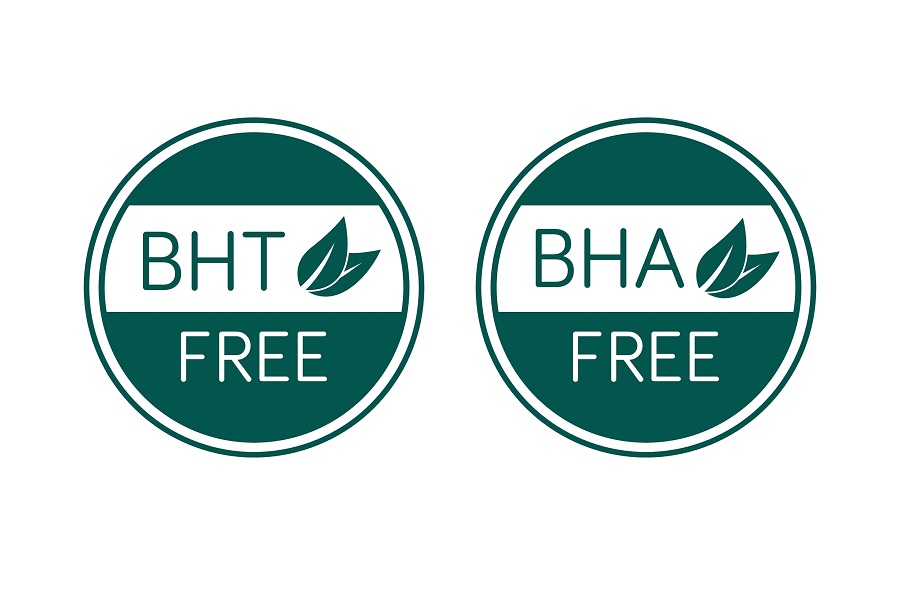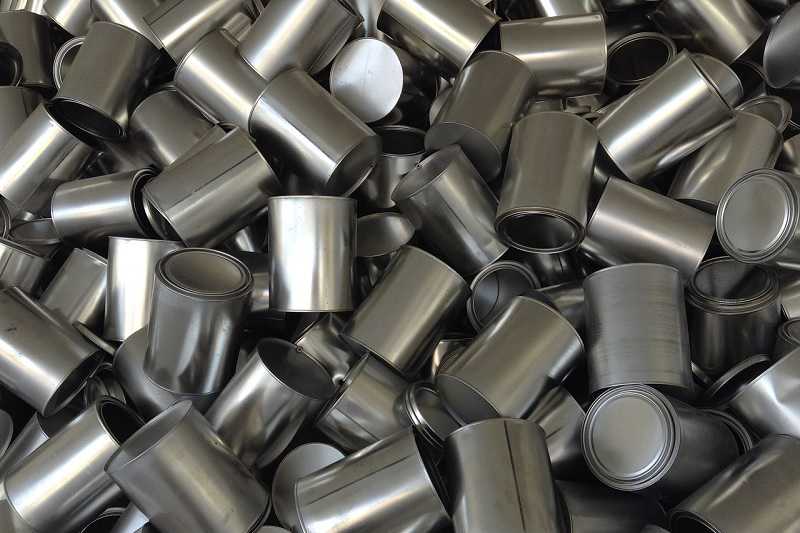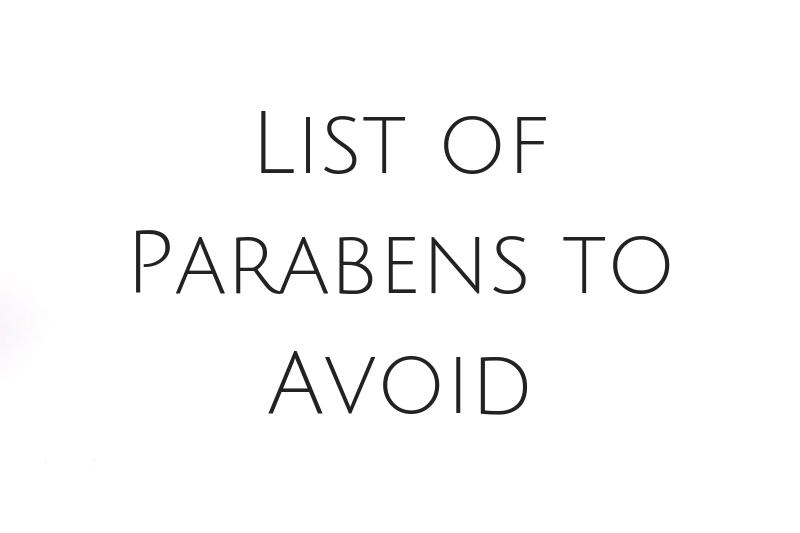Food additives serve an essential role in the food industry. They can help to preserve food or improve its flavour, colour, or texture.
However, some food additives are potentially hazardous, and you might consider eliminating them from your diet.
Two such potentially dangerous additives are butylated hydroxyanisole (BHA) and butylated hydrizyttiluene (BHT).
Both of these compounds are used as preservatives in foods. But if you want to cut them from your diet, you must know where to find them.
So, what foods contain BHA and BHT? Keep reading to find out!
Which Foods Contain BHT?
BHT is used to extend the shelf life of processed foods. Unlike many preservatives, BHT is rarely added directly to foods but rather to the packaging material.
As time passes, the chemical additive vapourises, and small amounts enter the food itself and exert their preservative effects. It also helps to preserve the box to prevent it from spoiling and subsequently spoiling the food within it.
Unfortunately, as BHT is not added to food directly, it does not need to legally be listed as a food ingredient on product packaging.
So, what foods contain BHT? This depends on the brand and their method of preservation, but it is commonly found in all of the following foods:
- Prepared cereal products
- Dried and processed meats
- Chewing gum
- Hot dogs and sausages
- Vegetable oils and butter
- Frozen convenience foods
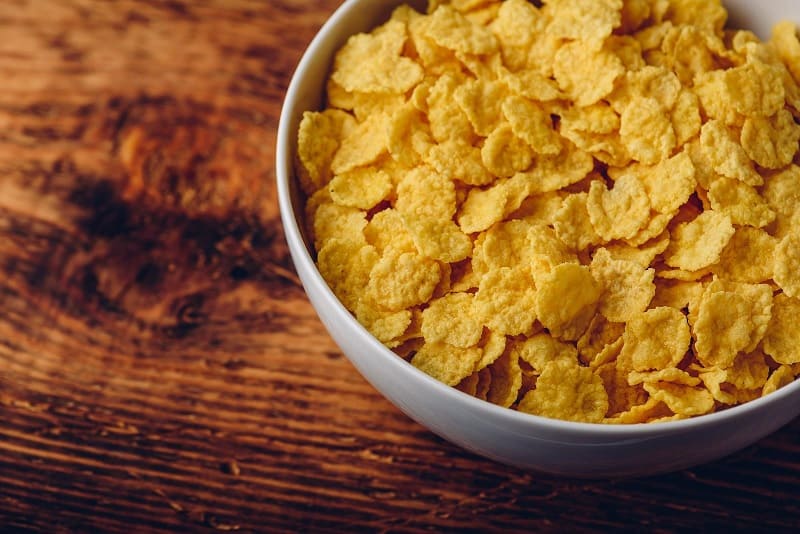
What Foods Contain BHA?
BHA is chemically very similar to BHT but is slightly less soluble in fats and oils than its chemical counterpart. It can be added to food packaging where it vapourises and acts as a preservative in foods.
However, this agent is more commonly added to foods directly. It is predominantly found in baked foods, fried foods, and fat-containing products such as:
- Butter, lard, and vegetable oil
- Crisps and snack food
- Sausage, poultry, and meat products
- Dried dessert mixes
- Chewing gum
- Sweets and glazed fruits
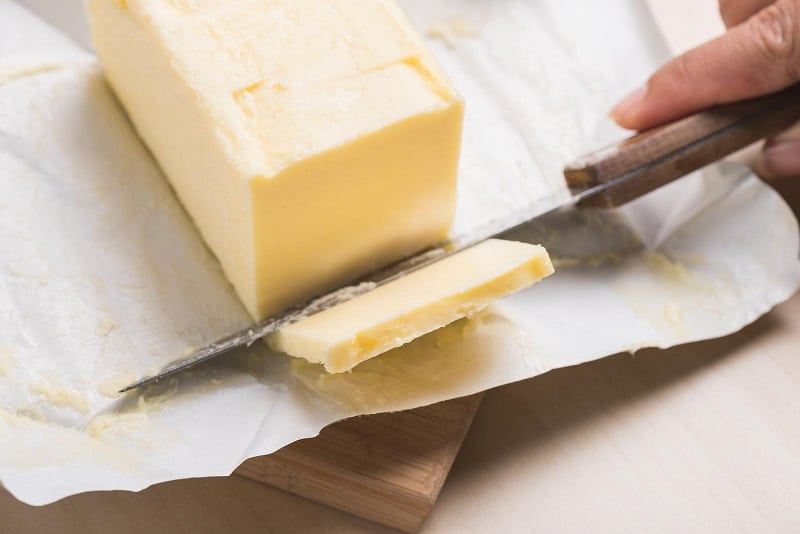
Why Avoid BHA and BHT?
BHA and BHT remain on the list of approved food additives in the UK. All foods approved by the Food Standards Agency must pass through various health studies and are only permitted for use if deemed safe for human consumption. But if these two compounds are safe, why should they be eliminated from your diet?
Despite approval from the Food Standards Agency, many scientific studies have shown that there are potential health risks associated with consuming elevated amounts of BHA and BHT. These potential health risks and side effects include:
- Cancer Risk: Animal studies suggest that BHA is a carcinogenic substance, meaning it could cause cancer. Thankfully, there is no conclusive evidence that the same applies to BHT or that BHA is carcinogenic in humans, though the latter is highly likely.
- Hormone Dysfunction: According to the European Commission on Endocrine Disruption, BHA can interfere with normal hormone dysfunction. High doses of BHT are also thought to mimic oestrogen in the body and reduce testosterone, contributing to reproductive issues.
- Liver Enlargement: Liver enlargement (scientifically known as hepatomegaly) has been seen in animals exposed to high levels of BHT. This can contribute to liver problems and an accumulation of fluid in the abdomen, stomach pain, and loss of appetite.
Nevertheless, there is not enough evidence to confirm these potential side effects in humans that consume BHA and BHT, so the chemicals remain legal across the globe.
Anyone concerned about their health and the artificial additives in their food should consider eliminating these oxides, though. Although the dangers are unconfirmed, it’s not worth the risk!
How to Avoid BHT and BHA
Food products that directly contain BHT or BHA list these chemicals in the ingredients list on the product label. The manufacturer might use their full chemical names (butylated hydroxytoluene and butylated hydroxyanisole) or their abbreviated form.
This is a legal requirement when these additives are added to the food directly, so it’s easy to check and cut any foods with these chemicals listed.
Unfortunately, when BHA and BHT are added to packaging rather than the food itself, they don’t need to be listed as ingredients.
Thankfully, the additives that migrate into the food itself from packaging are negligible, so keep an eye on the label and try not to worry about the contents of the packaging.
Aside from their use as food additives, BHA and BHT are also used as preservatives in cosmetics such as lipsticks and moisturisers.
When used in cosmetics, the chemicals will again be listed as an ingredient. If you want to cut these artificial preservatives from your life completely, make sure to check all your cosmetic products, not just food labels!

Hannah is a freelance content writer passionate about natural health, mindfulness, and the environment. She shares her enthusiasm for a conscious lifestyle on Naturaler, inspiring others to take the steps towards a more natural and fulfilling life

